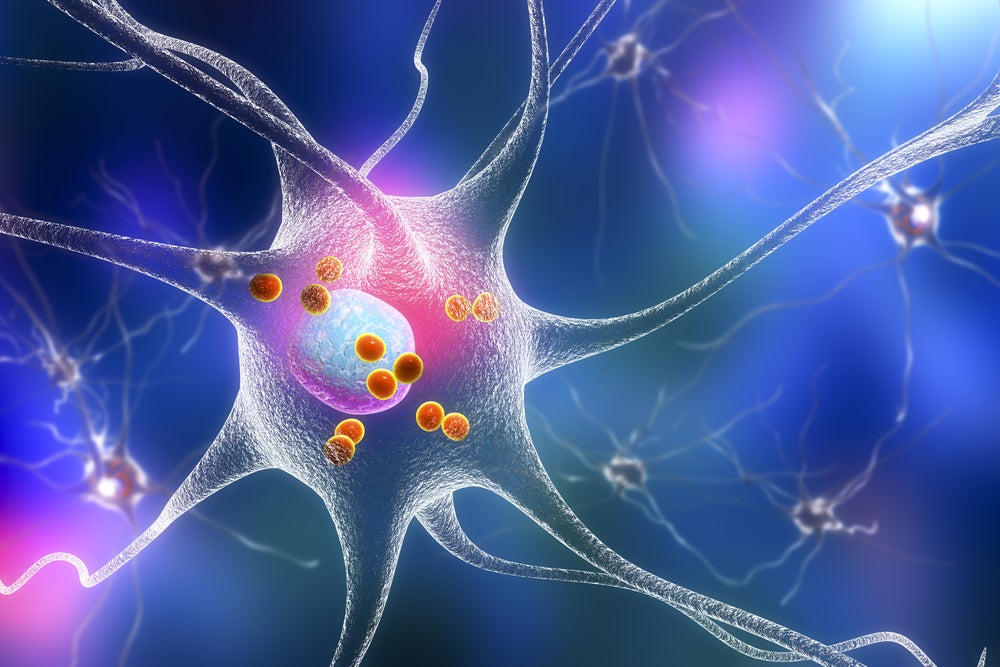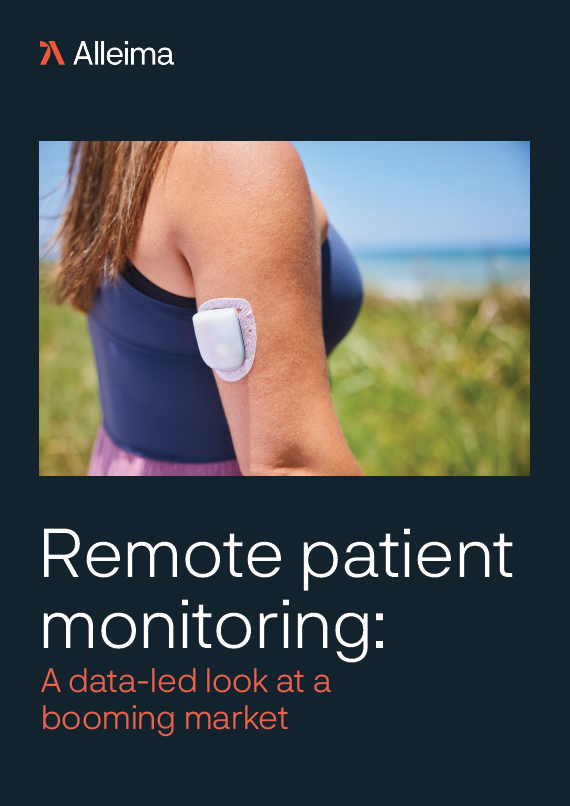
PD Neurotechnology has published results from new studies analysing the performance of its wearable device for Parkinson’s disease monitoring.
PDMonitor is one of five devices recommended by NICE for the monitoring of Parkinson’s in January 2023. Worn on each limb and the trunk and connecting to a mobile app, the artificial intelligence (AI) powered system measures motor symptoms and gives a summary of measured daily activity.

US Tariffs are shifting - will you react or anticipate?
Don’t let policy changes catch you off guard. Stay proactive with real-time data and expert analysis.
By GlobalDataFor the studies, 65 patients with Parkinson’s disease and 28 healthy individuals were recruited. During the Phase I of the first study, participants used the monitoring device for 2–6 hours in a clinic while neurologists assessed the exhibited Parkinsonian symptoms every half hour using the Unified Parkinson’s Disease Rating Scale (UPDRS) Part III, as well as the Abnormal Involuntary Movement Scale (AIMS) for dyskinesia severity assessment.
During the Phase II of the first study, as well as during the second study, day-to-day variability was evaluated, with patients in the former and with control subjects in the latter.
In both cases, the device was used for a number of days, with the subjects being unsupervised and free to perform any kind of daily activities. Results showed PD Monitor produced estimations of the severity of the majority of PD-related motor symptoms and their fluctuations. Statistical analysis showed that the accuracy in the detection of symptoms and the correlation between their severity and the expert evaluations were high.
Parkinson’s is the second most common neurodegenerative disease, with huge societal and healthcare costs. Monitoring the physical symptoms of the disease, combined with tracking of lifestyle and drug adherence, the device is used by medical practitioners to see patterns in patient symptoms over time and in their own environment.
This type of technology is becoming prevalent in Parkinson’s diagnostics and the medical device field more broadly. Recently, NeuroRPM received clearance from the FDA for its Parkinson’s monitoring app.
PD Neurotechnology’s main competitor, the Kinesia 360 motor assessment system by Great Lakes NeuroTechnologies, uses similar sensors but does not measure as many motor parameters.
In a statement, Professor K Ray Chaudhuri, Head of Parkinson’s Foundation Centre of Excellence at King’s College Hospital, who has been piloting PDMonitor with private patients since March 2022, commented “Patients’ quality of life and wellness strongly depend on the consistent, prompt monitoring of disease progression and optimal timing and dosing of the prescribed therapy.” He added that a major advantage of PDMonitor is its ability to provide a self-monitoring platform for patients in addition to monitoring gait and risk of falls.







